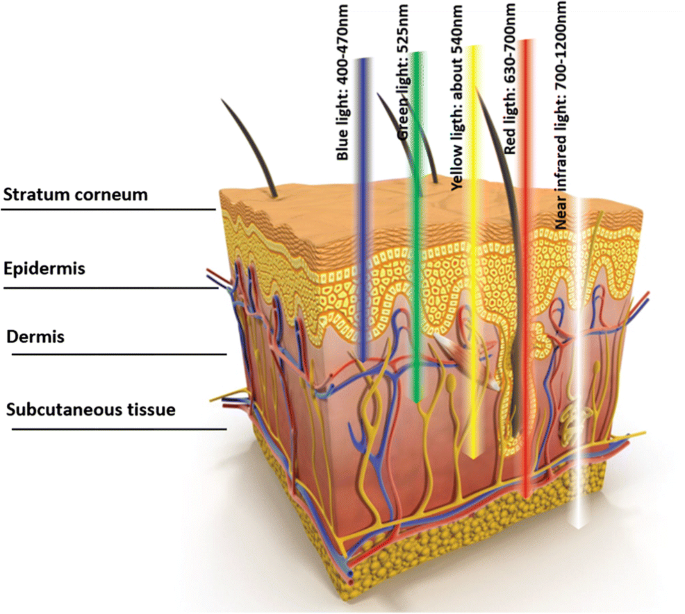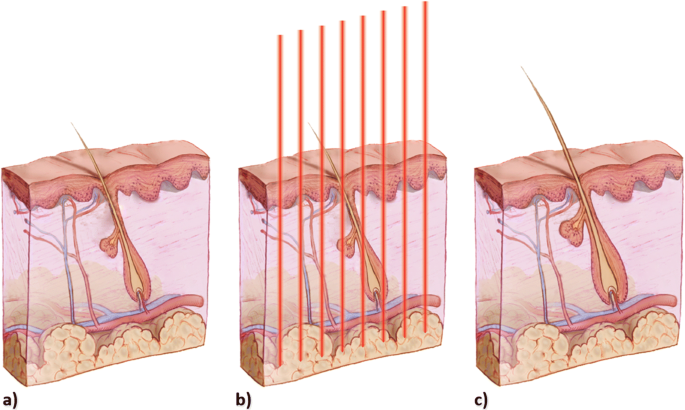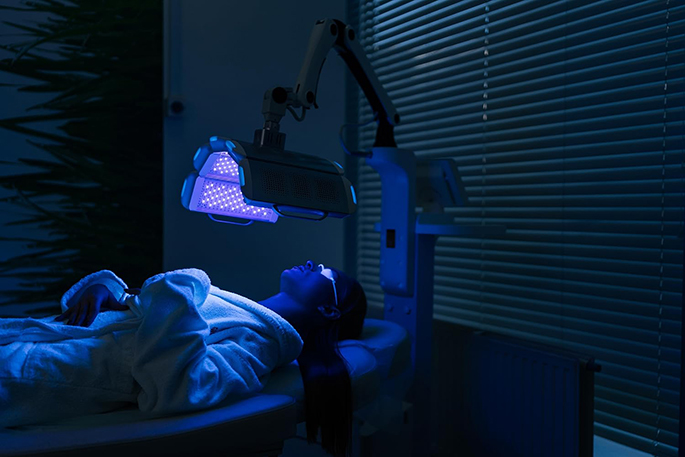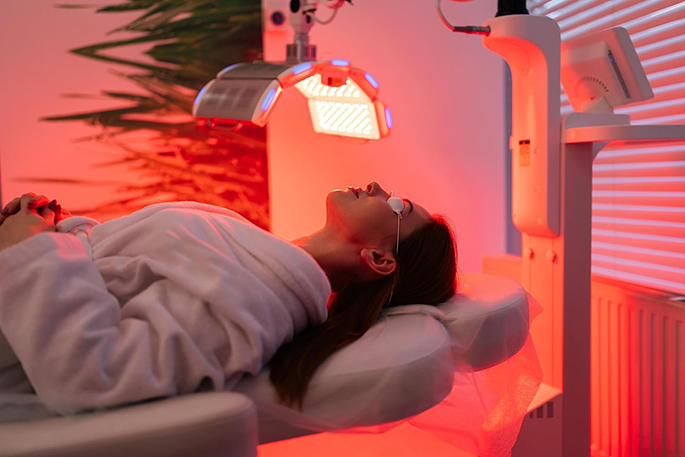Advancements in LED Therapy for Dermatological Conditions: A Comprehensive Update
Introduction
Light therapy has been recognized for its therapeutic benefits since ancient times, with its scientific foundation laid in the early 20th century. The development of light-emitting diode (LED) technology has revolutionized photodynamic therapy (PDT), providing a safe and effective treatment for various skin and hair conditions. This article explores the current knowledge and applications of LED-based therapeutic approaches in dermatology.
The Evolution of LED Therapy
Historical Background and Development
The therapeutic use of light dates back to ancient civilizations, but significant scientific advancements occurred in the early 20th century. The term 'photodynamic therapy' (PDT) was coined in this period, and the first artificial light irradiation for medical purposes was introduced by Niels Ryberg Finsen, a Nobel laureate. Initially, PDT was used to treat skin tumors, but its applications have since expanded to various medical fields, including dermatology.
Transition from Lasers to LEDs
Traditional PDT relied heavily on low-level laser therapy (LLLT), which posed several limitations such as complex clinical settings and high costs. LEDs have emerged as a superior alternative, offering lower power output, non-thermal and non-ablative properties, and minimal adverse side effects. The first LEDs were developed in 1962, but their medical benefits were recognized later by NASA, which enhanced their capabilities for health applications.
Mechanisms and Parameters of LED Therapy
LED System and Emission
An LED system consists of a semiconductor chip that emits light when electricity passes through it. The emission pattern is typically Lambertian, meaning light is emitted at angles less than 90°. Key parameters for effective LED therapy include intensity, fluence rate, wavelength, mode of delivery (pulsed or continuous), and treatment duration.
Biological Effects
LED therapy influences biological processes by increasing ATP production, modulating oxidative stress, stimulating collagen synthesis, enhancing angiogenesis, and improving blood flow. These effects are determined by specific light parameters tailored to treat different skin conditions.

Applications of LED Therapy in Dermatology
Acne Vulgaris
Acne is a common inflammatory skin condition. LED therapy, especially using red and blue lights, has shown significant efficacy in reducing acne lesions by targeting sebaceous gland activity and altering skin microbiome composition.
Rosacea
Rosacea is characterized by facial erythema and inflammatory papules. LED therapy, particularly with red light, has demonstrated promising results in reducing symptoms, although more research is needed to fully establish its effectiveness.
Eczema and Psoriasis
LED therapy has been explored as a second-line treatment for eczema, showing moderate improvement in clinical trials. For psoriasis, blue light has been effective in reducing plaque erythema, making LED therapy a potential alternative to traditional treatments.
Anti-Aging and Skin Rejuvenation
LED therapy is gaining popularity for its anti-aging benefits. Studies have shown that red and yellow lights can stimulate collagen production and reduce matrix metalloproteinase expression, leading to improved skin texture and elasticity.
LED therapy has also been applied to treat hair loss, particularly androgenetic alopecia. FDA-approved LED devices using red and near-infrared light have demonstrated effectiveness in increasing hair density and promoting hair growth.

Conclusion
LED-based photodynamic therapy represents a significant advancement in the treatment of skin and hair disorders. Its non-invasive nature, combined with the ability to modulate biological processes effectively, makes it a valuable tool in dermatology. Continued research and development will further enhance its applications and efficacy, potentially revolutionizing the management of dermatological diseases.


